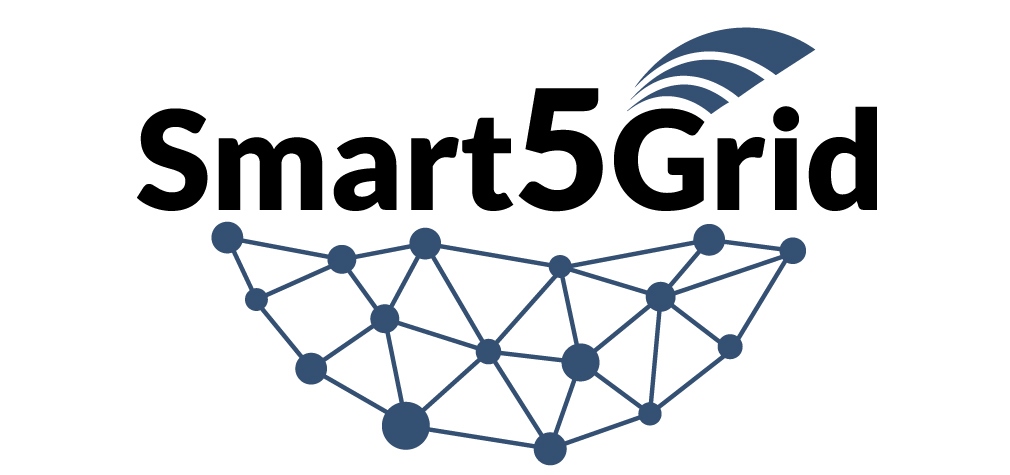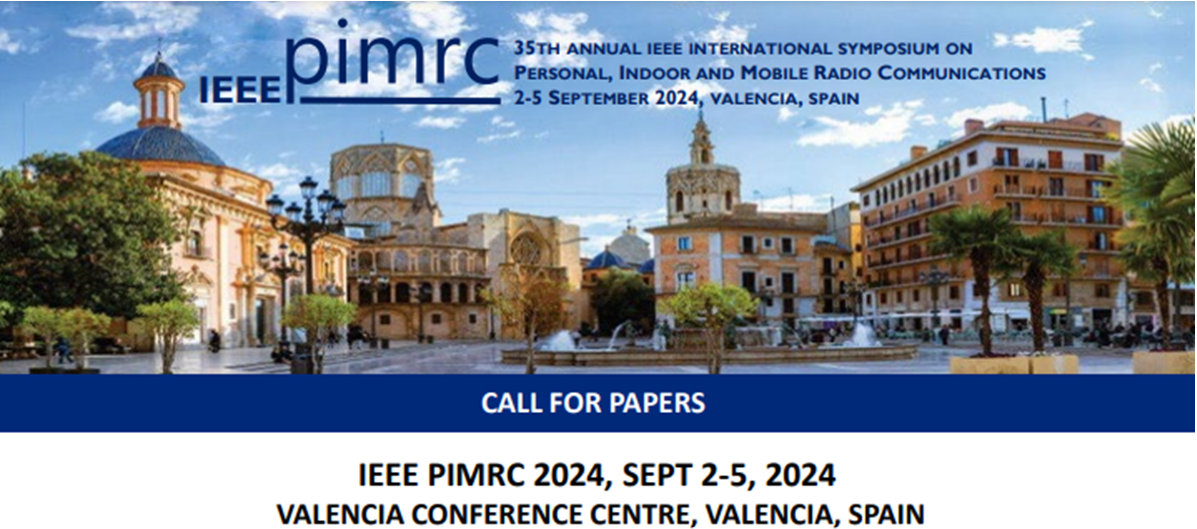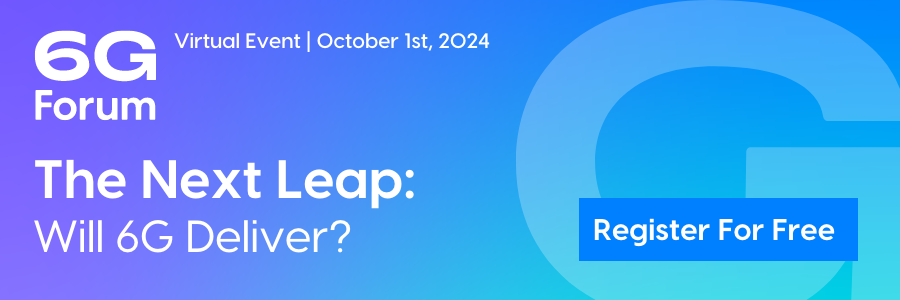
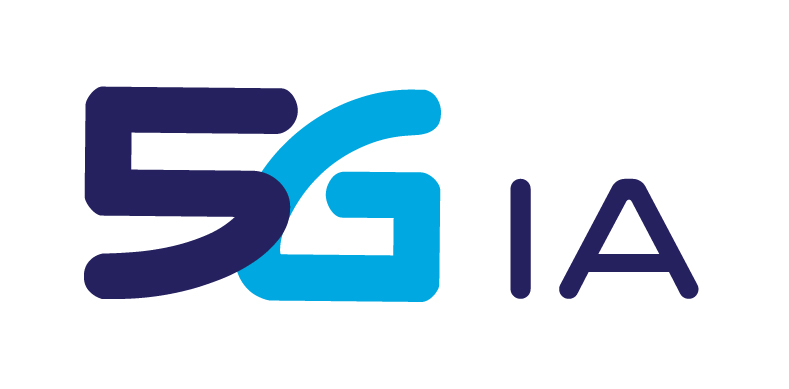
- About us
- Getting Involved
- Plans & Papers
- Events
- European 5G Activities
- Media & News
- Contact
Newsflash August 2024

5G PPP hands over to SNS
Less than five 5G PPP projects are still ongoing – Very Last latest news!
▫️ Cogninn’s role in the 5G-IANA project ▫️ INCITES’ role in the 5G-IANA project ▫️ VITAL-5G webinar “Outcomes and lessons from the VITAL-5G initiative ▫️ 5G-EPICENTRE success story Nemergent Solutions SL ▫️ 5G-LOGINNOV White Paper “How can 5G reshape port logistics?” ▫️ Smart5Grid @ 9th 5G-PINE ▫️ SCoDIHNet monthly news
Cogninn’s role in the 5G-IANA project |
||
|
Cogninn aims to provide the following infotainment services that can be also used in general AR type of devices such as future glasses:
By integrating AR into these various domains, the infotainment industry can offer more immersive, engaging, and interactive experiences, transforming how users consume and interact with content. |
||
INCITES’ role in the 5G-IANA project |
||
| 5G-IANA aims at providing an open 5G experimentation platform, on top of which third party experimenters, i.e., Small and Medium Enterprises (SMEs) in the Automotive-related vertical have the opportunity to develop, deploy and test their services. InCites Consulting is leading the tasks related to the development of the most appropriate business models that can be used for the exploitation and sustainability of the 5G-IANA platform. Based on the word performed here are some key aspects that should be considered. The problems that the 5G-IANA AOEP aims to address are associated with the lack of specialized 5G experimental platforms that can be accessible by third party experimenters, where they can run their experiments and validate their solutions. 5G-IANA offers access to resources specific to the automotive vertical, while the VNF repository and the network application toolkit can assist third parties to compose their own services even if their level of expertise is low. Regarding the competition there are some generic emulators that have several limitations with the most important to be the lack of resources needed for the development of services in the automotive vertical. There are other experimental platforms from other 5G projects that are developed under the same call, from 5G-PPP earlier phases or from national funded projects; but to the best of our knowledge no platform is targeting explicitly the automotive vertical. The value of the 5G-IANA platform, the solution that the 5G-IANA platform offers, includes 5G testbeds, HW resources, SW resources and toolkits, along with human capital that are difficult to be offered from other stakeholders, while MNOs that could potentially offer such resources are not for the moment eager to open up their networks to external parties. The value of 5G experimental platforms lies in their ability to accelerate the development, testing, and validation of network applications in the context of 5G networks in the automotive vertical. There are two main target groups that can benefit from their interaction with 5G-IANA.The first target group includes experimenters, researchers, application and service providers, SMEs and startups. The value that 5G-IANA offers to that market segment can be analysed in the following elements: Promote innovation and research, Limiting the risk of innovation, Use case validation, Realistic testing, Fostering collaboration, Education and Training. The second market segment that 5G-IANA can target includes Mobile Network Operators (MNOs). By partnering with 5G-IANA platform, mobile operators can leverage a wide range of benefits, from accelerated innovation and cost efficiency to enhanced customer experience and new revenue opportunities. The value that 5G-IANA can offer to that market segment can be summarized in the following: Rapid Testing and Deployment, Competitive advantage, Enhanced network performance, Improved customer experience, Generation of new revenue streams, Migrate risk, and Increase expertise. |
||
VITAL-5G webinar “Outcomes and lessons from the VITAL-5G initiative” |
||
|
|
||
5G-EPICENTRE Success Story Nemergent Solutions SL |
||
|
5G-EPICENTRE successfully addressed the problems that a containerised vertical may experience when communicating with its own or third-party services, tackling the containerised inter-cluster issue. Finally, the story sets out accessible K8-based solutions, explaining the rationale and linking to the main sources of information. It therefore offers a quick reference guide to streamline the process of adopting microservices and containerization and anticipates potential problems that future developers will need to face, proposing concrete step-by-step solutions. |
||
5G-LOGINNOV White Paper “How can 5G reshape port logistics?” |
||
|
Key insights from this White Paper include: 5G technology presented a transformative opportunity for the logistics industry, particularly in the realm of port and dry port operations. By leveraging the advanced capabilities of 5G, stakeholders can unlock new avenues for improved efficiency, cost reduction, and operational optimization. The main insights from 5G-LOGINNOV can be categorised into three main key areas: technical, operational, and business:
More information is available here. |
||
Smart5Grid @ 9th 5G-PINE Workshop |
||
|
|
||
SCoDIHNet monthly news |
||

The Smart Connectivity DIH Network has mainly worked on the following topics 1/ SCoDIHNet has started the update of the catalogues developed during the last years, the status is the following:
2/ All these catalogues are available on the DIHWare platform, a corresponding update has been started in order to bring to SCoDIHNet members a place where they can find the latest update of these catalogues 3/ The TALOS project focuses on enhancing photovoltaic (PV) applications through robotics to align with EU sustainability goals. The project is looking for EDIHs who would be interested in hosting an event in November with the objective to inform, onsite, potential beneficiaries of the project open call. SCoDIHNet members have been invited to host this event. |
||

-
- IEEE PIMRC 2024 Call for Papers -Workshop Proposals’ extension, 2-5 September, 2024
- —————————————————————————————————————————————————-
Mobicom 2024: the 30th Annual International Conference on Mobile Computing and Networking - —————————————————————————————————————————————————-
- 6G Forum – The Next Leap: Will 6G Deliver?
- —————————————————————————————————————————————————-
IEEE Future Networks World Forum 2024
- —————————————————————————————————————————————————
- ETSI Software & Standards for Smart Networks & Service Conference & Hackfests
- —————————————————————————————————————————————————-
- 6GArch – 4th International Workshop on 6G Architecture – CfP
- —————————————————————————————————————————————————-
|
|
||||||||||||||||||||||||||||||||||||||
IEEE PIMRC 2024 Call for Papers – Worskhop Proposals’ extensionValencia, Spain- 2-5 September, 2024 |
||||||||||||||||||||||||||||||||||||||
|
The 35th edition of the annual IEEE International Symposium on Personal, Indoor and Mobile Radio Communications (PIMRC) will be held in Valencia, Spain from 2-5 September. The symposium has become one of the two major conferences of the IEEE Communications Society (ComSoc) in the field of wireless communications and networking. Originally founded as a workshop in London in 1989, it developed over the years to become a major international conference, attracting technical communities from all regions and continents. After two successful editions in Asia and America, the 2024 edition returns to Europe, and will be held in face-to-face format. PIMRC 2024 will assemble worldwide experts to deliver keynotes, tutorials, workshops, industry panels, and high-quality technical sessions. Prospective authors are invited to submit original technical papers, as well as proposals for panels, tutorials, and workshops, addressing a wide range of topics in wireless and mobile communications, including but not limited to: • Communication Theory• Beyond 5G Technologies• Next-Generation Wireless Systems• New spectrum bands• Software-defined and Open Interface-based Networks• Emerging Wireless Solutions and Applications• Sustainability and Environmental Impact of Networks• Artificial Intelligence & Machine Learning in Communications• Green and Energy-Efficient Networks• Integrated Sensing, Localization and Communication• Ultra/Tera Multiple-Input Multiple-Output (MIMO)• Millimeter-Wave and Terahertz Communications• Holographic and Near-field Communications• Massive Internet of Things (IoT) and Sensor Networks• Non-terrestrial Networks• Mobile Edge, Cloud, and Fog Computing• Data-driven, Large-scale, Network Modelling and Optimization• Digital Twins and Autonomous Networks• Vehicular Communications• Wireless Security and Privacy Executive and Technical Program Chairs:
You can download the CFP here, and you can also follow them on Twitter, Facebook or LinkedIn for updates. |
||||||||||||||||||||||||||||||||||||||
MobiCom 2024: the 30th Annual International Conference on Mobile Computing and NetworkingWashington DC, USA – 30 September-4 October, 2024 |
||||||||||||||||||||||||||||||||||||||
|
|
||||||||||||||||||||||||||||||||||||||
6G Forum: The Next Leap: Will 6G deliver?Online – 1 October, 2024 |
||||||||||||||||||||||||||||||||||||||
|
|
||||||||||||||||||||||||||||||||||||||
IEEE Future Networks World Forum 2024Dubaï, UAE – 15-17 October, 2024 |
||||||||||||||||||||||||||||||||||||||
|
|
||||||||||||||||||||||||||||||||||||||
ETSI Software & Standards for Smart Networks & Service Conference & HackfestsSophia Antipolis, France – 12-14 November, 2024 |
||||||||||||||||||||||||||||||||||||||
|
The ETSI “Software & Standards for Smart Networks & Service” event will take place on 12-14 November 2024 in ETSI, Sophia Antipolis, France. Participation is open to all and free of charge upon registration.
Collaborative frameworks between industry, academia, and open source communities. Join the event to navigate the interplay of software, standardization, and research, envisioning a future where collaboration across these domains paves the way for sustainable, inclusive, and interoperable communication networks and services. Should you need any further information, please contact events@etsi.org. |
||||||||||||||||||||||||||||||||||||||
6GARch – 4th International Workshop on 6G Architecture – CfPCape Town, South Africa – 8-12 December, 2024 |
||||||||||||||||||||||||||||||||||||||
|
|
||||||||||||||||||||||||||||||||||||||
| Time | Title | Notes |
| 9.00 – 9.10 | Welcome Session | Introduction by Workshop chairs |
| 9.10 – 10.00 | Keynote 1 | TBA, 35 mins + Q&A |
| 10.00 – 10.30 | Technical Session 1 | 2 Papers, 15 min each including Q&A |
| 10.30 – 11.00 | Coffee Break | |
| 11.00 – 12.30 | Technical Session 2 | 6 Papers, 15 min each including Q&A |
| 12.30 – 14.00 | Lunch Break | |
| 14.00 – 14.50 | Keynote 2 | TBA, 35 mins + Q&A |
| 14.50 – 15.30 | Panel | Sustainability in 6G Networks, an architectural view |
| 15.30 – 16.00 | Coffee Break | |
| 16.00 – 17.15 | Technical Session 3 | 6 Papers, 15 min each including Q&A |
| 17.15 – 17.30 | Concluding Remarks | Conclusions of the session by Workshop chairs |
We expect a total of around 30 submissions out of which 12-14 papers will be selected (yielding an acceptance rate of around 40%, which can be adjusted in line with the conference guidelines). With the appropriate publicity plan, discussed below, we expect to get between 40 and 60 attendees. We plan to invite two keynote presenters: one from industry and one from academia, to provide a forward looking perspective on innovation and forward looking research challenges.
Panel: This session will take the form of an interactive question-and-answer session in which invited panelists will answer questions from the chair and the audience. Panelists will be selected among the organizers and the TPC members. The topic will be “Sustainability in 6G Networks, an architectural view”, owing to the large interest that the topic has been raising during recent years.
8. Past editions
The 6GArch workshop is a continuation of the 5GArch Workshop. The list below provides details on the previous editions:
8.1 9th (3rd 6G)
- Workshop on 6G Architecture (3rd 6GARCH)
- In conjunction with IEEE WCNC, 21-24 April 2024, Dubai, U.A.E.
- https://wcnc2024.ieee-wcnc.org/workshop/ws-12-6garch-3rd-workshop-6g-architecture
- https://wcnc2024.ieee-wcnc.org/workshop/ws-12-6garch-3rd-workshop-6g-architecture/program
8.2 8th (2nd 6G)
- Workshop on Architectural Evolution Toward 6G Networks (2nd 6GARCH)
- In conjunction with IEEE Globecom, 4-8 December 2022, Rio de Janeiro, Brazil
- https://globecom2022.ieee-globecom.org/workshop/ws18-2nd-workshop-architectural-evolution-toward-6g-networks-6garch
- https://globecom2022.ieee-globecom.org/workshop/ws18-2nd-workshop-architectural-evolution-toward-6g-networks-6garch/program
8.3 7th (1st 6G)
- Architectural Evolution Toward 6G Networks: A European View
- In conjunction with IEEE 5G World Forum, 13-15 October 2021, Virtual Conference
- https://attend.ieee.org/wf-5g/architectural-evolution-toward-6g-networks-a-european-view/
8.4 6th
- International Workshop on 5G Architecture
- In conjunction with EUCNC 2019, June 18-21 2019, Valencia, Spain
- https://www.eucnc.eu/2019/www.eucnc.eu/workshops/workshop-8/index.html
8.5 5th
- International Workshop on 5G Architecture (5GArch 2018)
- In conjunction with IEEE ICC, 20-24 May 2018, Kansas City, USA
- https://icc2018.ieee-icc.org/workshop/5th-international-workshop-5g-architecture-5garch/program.html
8.6 4th
- International Workshop on 5G Architecture (5GArch 2017)
- In conjunction with IEEE ICC, 21-25 May 2017, Paris, France
- https://icc2017.ieee-icc.org/workshop/5garch-2017-4th-international-workshop-5g-architecture/program.html
8.7 3rd
- International Workshop on 5G Architecture
- In conjunction with EUCNC 2016, 27-30 June 2016, Athens, Greece
- https://www.eucnc.eu/2016/www.eucnc.eu/indexe1e4.html?q=node/110
8.8 2nd
- Workshop on 5G Architecture (5GArch 2016)
- In conjunction with IEEE ICC, 23-27 May 2016, Kuala Lumpur, Malaysia
- https://icc2016.ieee-icc.org/content/workshops.html#W01
8.9 1st workshop
- 5GPPP Architecture workshop (5GArch 2015)
- In conjunction with IEEE VTC-Spring 2015, EU FP7 METIS and iJOIN projects, 11-14 May 2015, Glasgow, U.K.
- https://www.ieeevtc.org/vtc2015spring/workshops.php#wkshp_4
- https://eit.rptu.de/fileadmin/funknavi/HTML/5G_Arch/index.html
- Programme of the main conference https://www.ieeevtc.org/vtc2015spring/final-program.pdf
The editor of the 5G PPP newsflash on behalf of the 6GStart Project is Carole Manero, IDATE, 601 rue Georges Méliès, 34000 Montpellier, France.
This document reflects only the views of its authors.



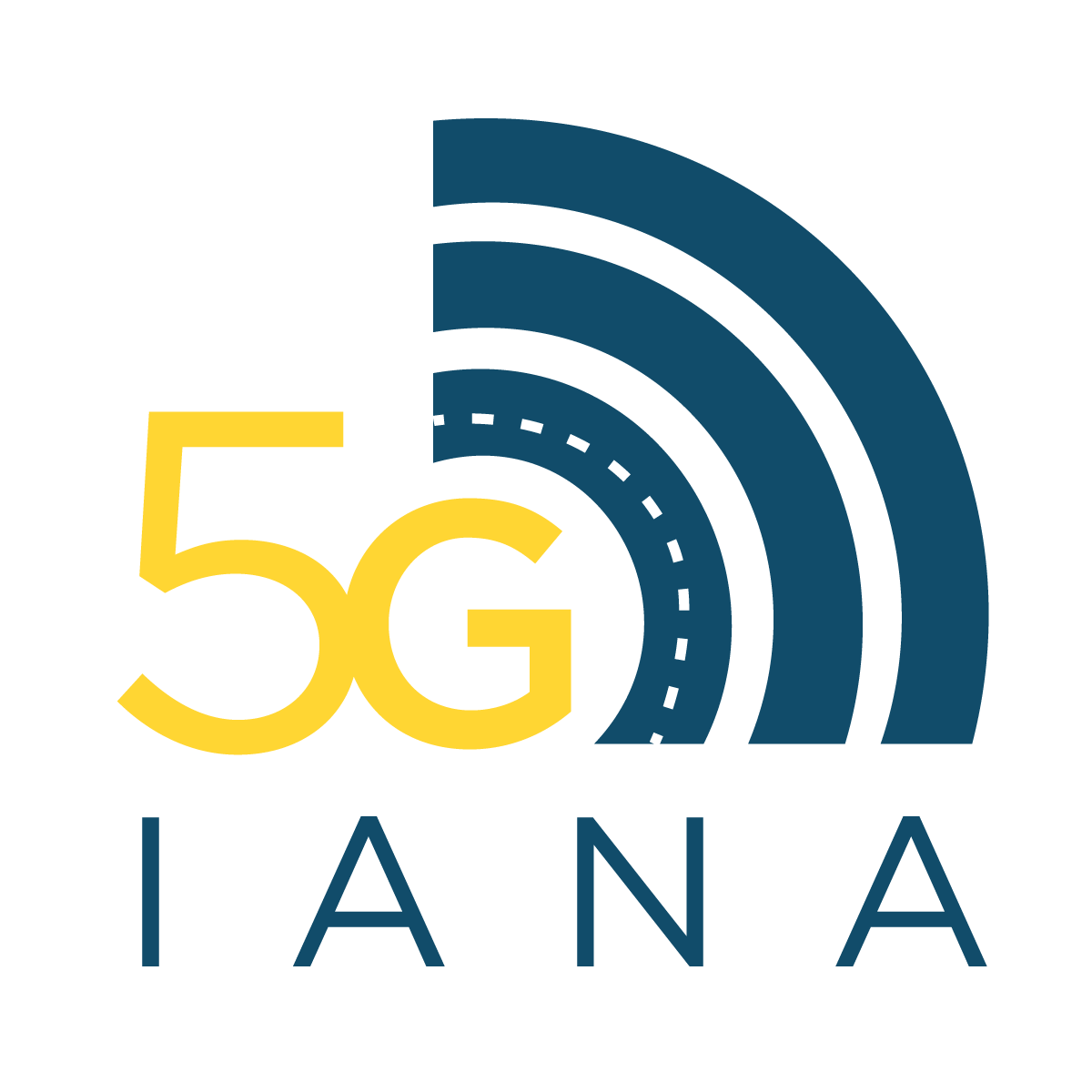 Cogninn
Cogninn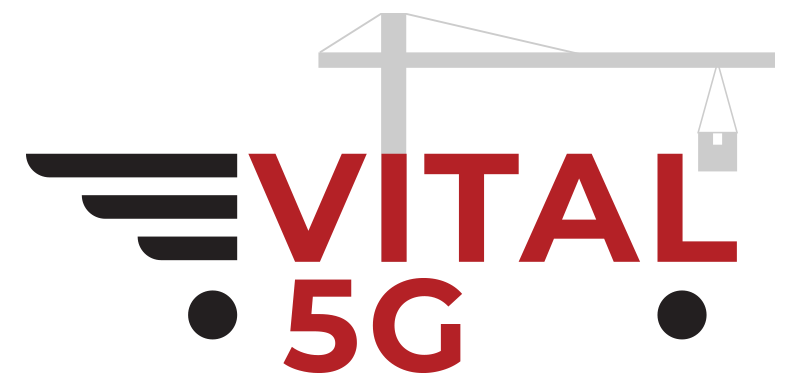
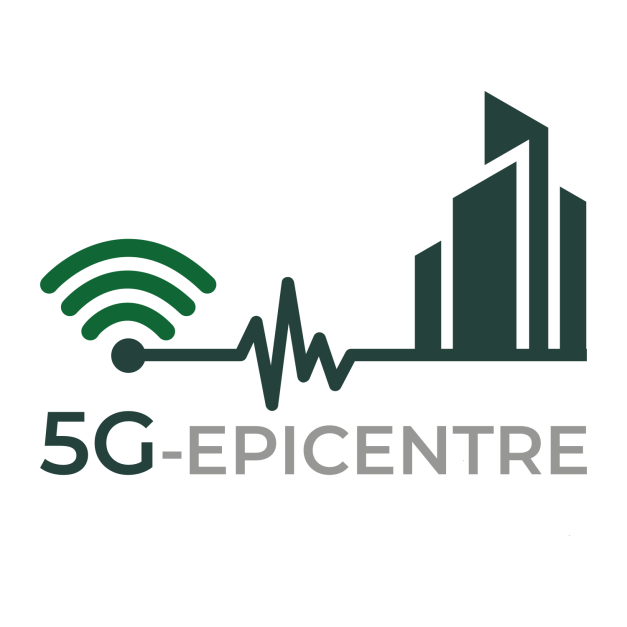 The Success Story is entitled: “Resolving inter-cluster reachability in Kubernetes: A Quick reference guide for PPDR Verticals from a MCX perspective” and provides the lessons learned within the
The Success Story is entitled: “Resolving inter-cluster reachability in Kubernetes: A Quick reference guide for PPDR Verticals from a MCX perspective” and provides the lessons learned within the  In April 2024,
In April 2024, 